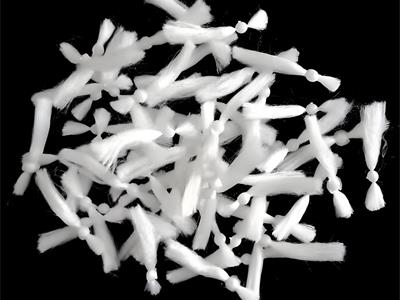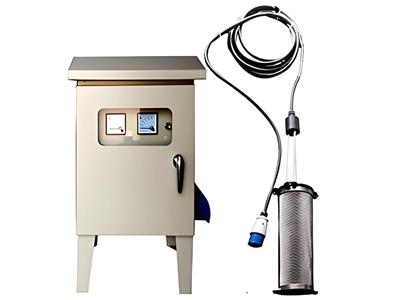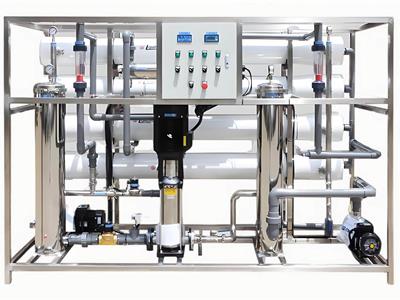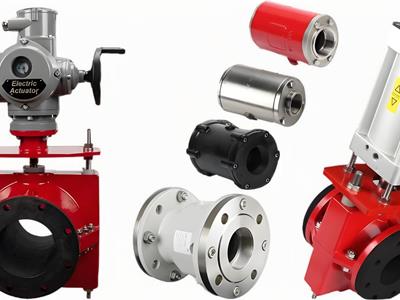- 2025-07-22
Removing chloride from water
Chloride ions (Cl⁻) are natural anions that are commonly found in groundwater (well water), surface water, seawater and atmospheric precipitation. The main sources include:
Dissolution of rock salt layers (NaCl/KCl)
Agricultural irrigation runoff (fertilizer residues)
Industrial wastewater discharge (chemical/metallurgical industry)
Its concentration is positively correlated with total dissolved solids (TDS), and the chloride ion content in groundwater is usually 50-1000 mg/L.
Industry pain point analysis
Corrosion risk: Chloride ion > 250mg/L accelerates pitting of metal pipes (rate > 0.2mm/year)
Agricultural hazards: Irrigation water chloride > 350mg/L will lead to a 15-20% reduction in crop yields
Product degradation: Excessive chloride ion in the food and beverage industry affects flavor quality
Health concerns: Long-term intake of high-chloride water increases cardiovascular load
Industrial-grade dechlorination solution
Reverse osmosis system
Desalination rate: 95-99% (including chloride ion removal)
Operating pressure: 60-80bar (seawater application)
Water output index: TDS ≤ 10ppm (in accordance with GB 5749 Drinking Water Standard)
Applicable scenarios: desalination/high-salinity wastewater (such as containerized two-way SWRO system)
Ion exchange system
Use strong base anion resin (Cl⁻ exchange capacity ≥1.2eq/L)
Non-energy-consuming process, no backwashing required
Advantages: Accurate chlorine removal (residual <5mg/L), especially suitable for ultrapure water preparation in the electronics industry
Distillation process
Thermal sterilization + phase change separation, chlorine removal rate of nearly 100%
High energy consumption cost (power consumption per ton of water ≥8kWh)
Application scenarios: Special fields such as medical injection water
Engineering benefit verification
Anti-corrosion benefit: RO treatment reduces the corrosion rate of 304 stainless steel to 0.01mm/year
Agricultural gain: Chlorine-free irrigation increases fruit and vegetable production by 23% (data from Jiangsu demonstration base)
Cost control: The service life of ion exchange resin is 5-7 years, and the cost of treating a ton of water is reduced by 40%






